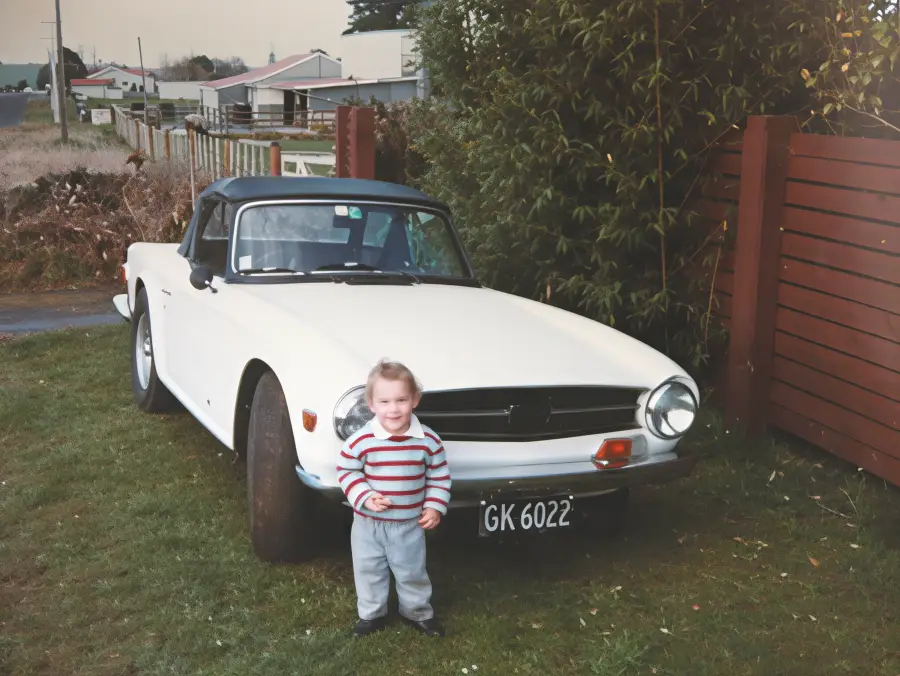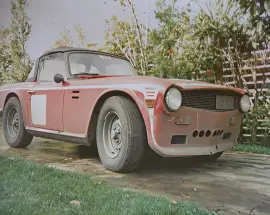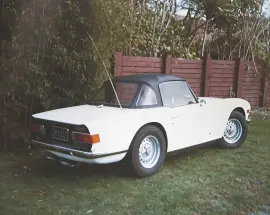listing

-
Category
-
PostedOct 14, 2025
-
Views3
Construction of the TR6 was traditional body-on-frame with four-wheel independent suspension, front disc brakes and rear drum brakes. All TR6s were powered by Triumph's 2.5-litre straight-6 engine.
The TR6 featured a four-speed manual transmission. An electrically switched overdrive made by Laycock de Normanville was available as an option. On early cars the "A-type" model overdrive was used and was able to be activated on second, third, and fourth gears and provided a 22% gear ratio reduction. Later TR6s had a "J-type" model overdrive able to be activated only on third and fourth gears but with a 28% gear ratio reduction.
Other notable features included aluminium semi-trailing arm independent rear suspension, rack and pinion steering, pile carpet on floors and boot, bucket seats, full instrumentation, 15-inch (380 mm) wheels and depending on the market, Michelin asymmetric XAS tyres that dramatically improved the handling. The optional steel hardtop required two people to deploy. The dashboard was a light shade of flat cut walnut veneer over plywood with a thick coating. Overdrives and hardtops were more commonly selected options, while a rear anti-roll bar and a limited-slip differential were rare.
1973 and earlier models produced 150 hp while later models were detuned to 135 hp
Due to the high compression ratio of the engine due to it being planned it would not rev above 3,000rpm. I fitted a Capacitive Dischage ignition system which solved the issue.
 Front wheel drive
Front wheel drive Rear wheel drive
Rear wheel drive Four wheel drive
Four wheel drive Limited slip differential
Limited slip differential Overdrive
Overdrive



